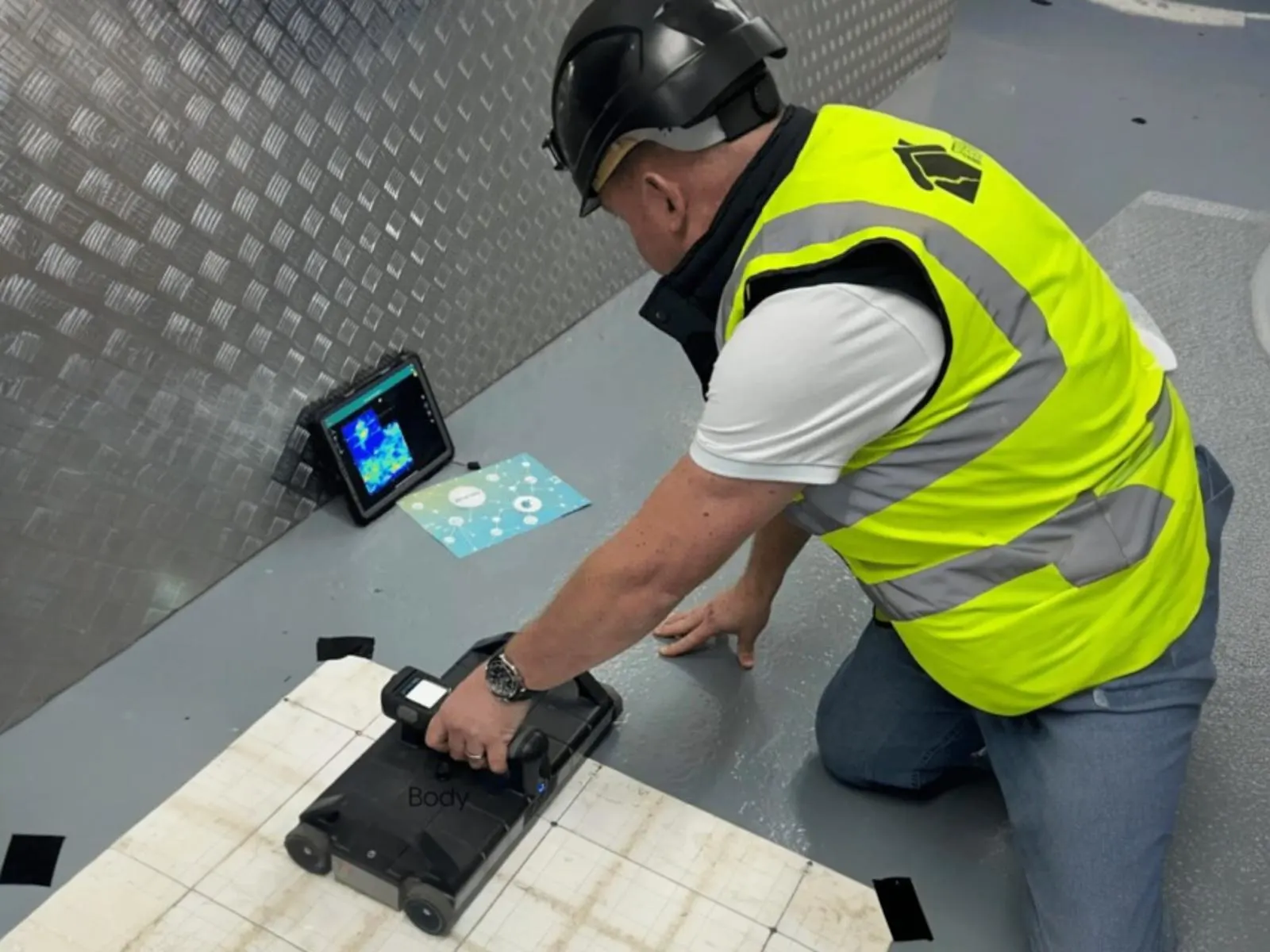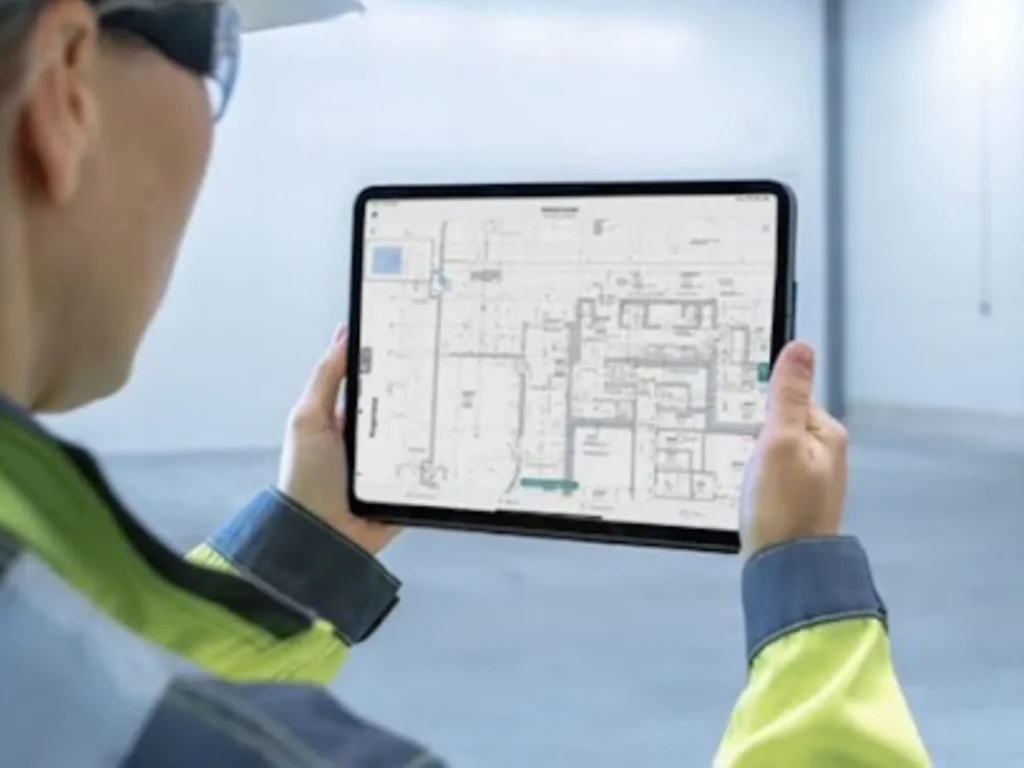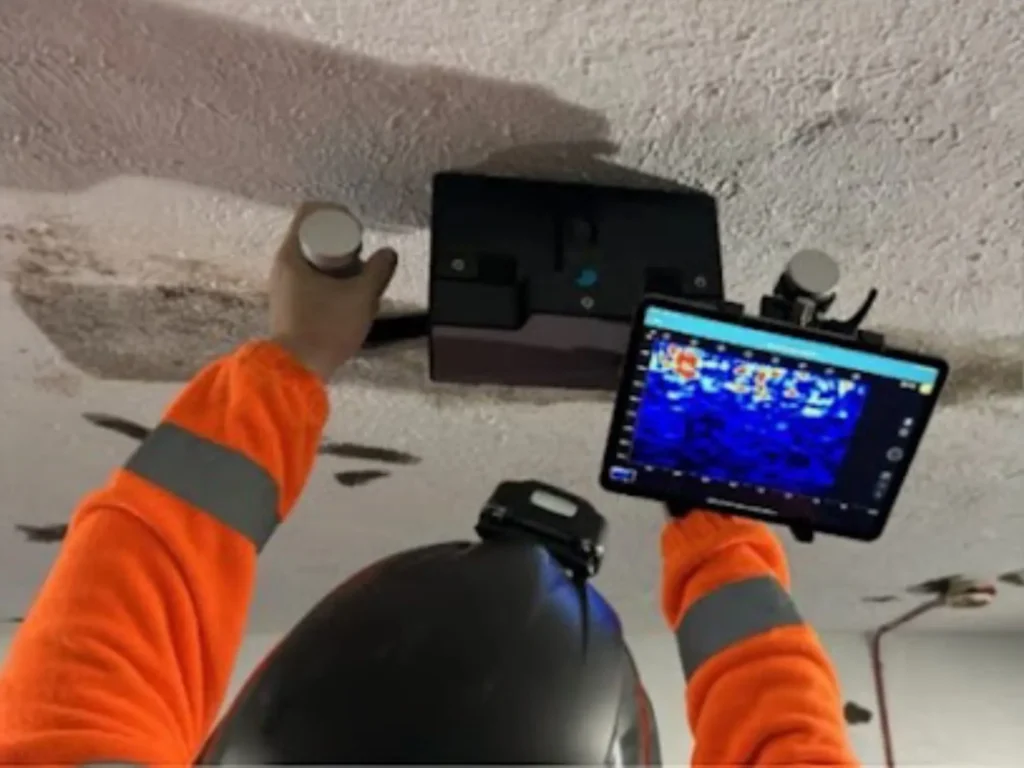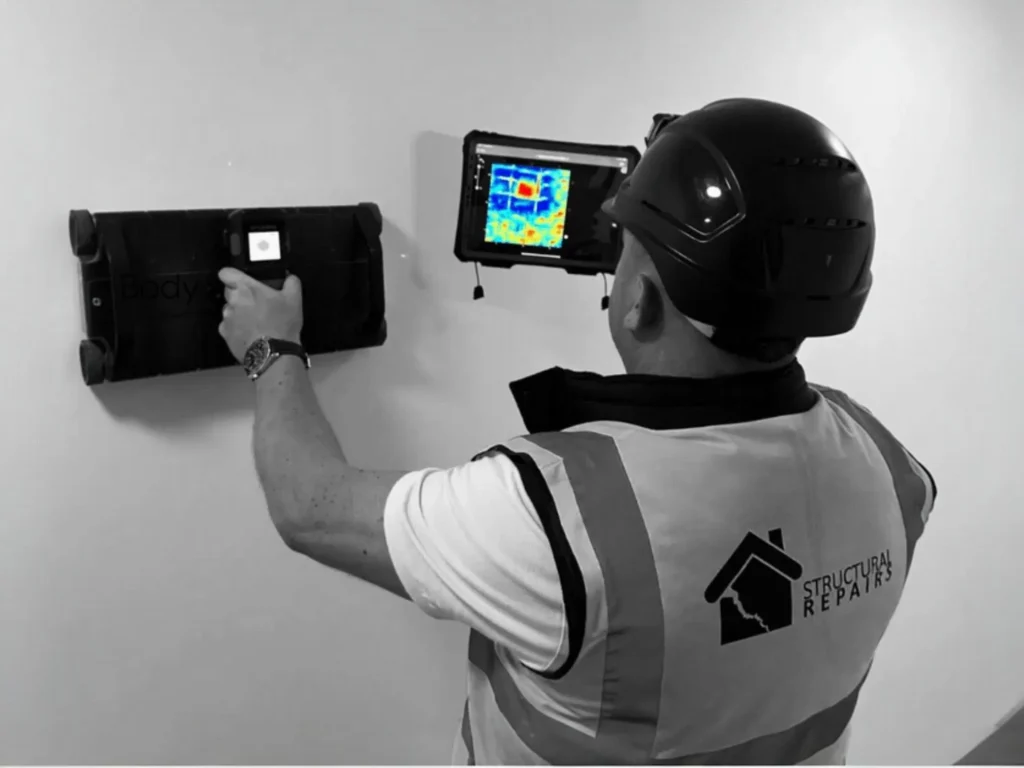
Escaneado moderno del hormigón: Transformación de las inspecciones de edificios mediante tecnología avanzada
El arte del escaneado del hormigón se ha transformado notablemente a lo largo de décadas, pasando de métodos básicos a sofisticados. Los enfoques tradicionales se basaban en pruebas de golpeteo -golpear las superficies de hormigón con martillos para detectar sonidos huecos- y en muestreos de testigos que requerían perforaciones destructivas. Al igual que las pruebas de madurez de una sandía, estas pruebas acústicas eran a menudo erróneas y requerían una experiencia considerable para interpretarlas con eficacia. Aunque los profesionales experimentados podían obtener resultados razonables, estos métodos carecían de la precisión del ferroescaneado moderno y podían comprometer la integridad estructural.
La revolución tecnológica del escaneado del hormigón
La industria actual de evaluación estructural se parece poco a sus orígenes. La tecnología moderna de escaneado del hormigón funciona como una resonancia magnética para edificios, utilizando radar de penetración en el suelo (GPR), ultrasonidos y cartografía 3D. Esta revolución tecnológica ha transformado la evaluación estructural de un arte interpretativo en una ciencia precisa, garantizando resultados más exactos y fiables para los proyectos modernos de construcción y mantenimiento.

Tecnologías pioneras en la evaluación moderna
El ferroescaneado y el escaneado de armaduras de hormigón lideran la tecnología moderna de inspección estructural. Estas innovaciones permiten a los ingenieros asomarse al mundo interior oculto de un edificio con notable precisión, ofreciendo un análisis detallado sin comprometer la integridad estructural.
Escaneado GPR: Visión por Rayos X del Hormigón
El escaneado por radar de penetración en el suelo representa quizá el avance más significativo en la historia de la inspección del hormigón.
Como explica Roger Line, director general de Reparaciones Estructurales y autor de “Alargar la vida de edificios y estructuras”: “Es como poder ver una gotera detrás de una pared sin derribarla entera: magia”.
Esta sofisticada tecnología penetra profundamente en las estructuras, revelando defectos ocultos y problemas potenciales antes de que se manifiesten en la superficie. La capacidad de detectarlo todo, desde huecos y formaciones de cavidades hasta el posicionamiento detallado de las barras de refuerzo y la corrosión en fase inicial, ha transformado el mantenimiento de reactivo a proactivo.

Ultrasonidos: El monitor de salud del edificio
Como complemento de la tecnología GPR, la evaluación por ultrasonidos aporta precisión médica a la evaluación estructural.
“En lugar de perforar la estructura, los ultrasonidos envían ondas a través de ella, y en función de cómo rebotan esas ondas, podemos saber qué está pasando. Es como diagnosticar un problema antes de que sea visible”, explica Line.
Este enfoque no destructivo permite realizar una evaluación exhaustiva del estudio ferroscan, revelando grietas estructurales profundas, delaminación interna e integridad general del hormigón sin poner en peligro la estructura del edificio.
Mirando al futuro
El escaneado moderno del hormigón ha revolucionado nuestra forma de abordar el mantenimiento y la integridad estructural de los edificios. Atrás quedaron los días en que se dependía de métodos de ensayo destructivos y de la evaluación interpretativa. Los ingenieros de hoy en día disponen de herramientas como los sistemas de ferroescáneres y detectores de cables, que proporcionan una visión sin precedentes de las estructuras de hormigón, garantizando un mantenimiento de los edificios más seguro, eficaz y fiable para las generaciones venideras.
Historias de éxito en el mundo real: Cuando la tecnología ahorra infraestructuras
El poder transformador de la moderna tecnología de escaneado del hormigón quizá se ilustre mejor a través de una importante inspección de un puente ferroviario.
“Nunca olvidaré este proyecto”, recuerda Roger Line. “En la superficie, parecía estar bien: unas cuantas grietas aquí y allá, nada demasiado alarmante. Pero después de pasar el escáner GPR y el ferroescáner, encontramos varias zonas de deslaminación que no se veían a simple vista.”
Aunque el examen superficial sólo mostró grietas menores, los escáneres avanzados revelaron importantes problemas estructurales ocultos que podrían haber provocado un fallo catastrófico.
“Si no se hubiera controlado, el puente habría necesitado serias reparaciones en el futuro”, explica Line. “No sólo ahorramos dinero, sino que salvamos edificios y, en algunos casos, incluso vidas. Es difícil exagerar el cambio que ha supuesto esta tecnología”.

El futuro de la evaluación estructural: Adoptar la tecnología del mañana
En primer lugar, el horizonte de la tecnología de evaluación estructural sigue ampliándose a un ritmo sin precedentes. Además, los avances en el escaneado de armaduras de hormigón y la tecnología 3D crean ahora modelos digitales detallados. Posteriormente, estos modelos permiten un seguimiento preciso del movimiento y la deformación estructurales a lo largo del tiempo. Además, estas innovaciones prometen revolucionar la forma de predecir y prevenir los problemas estructurales. Como resultado, los problemas pueden identificarse antes de que se hagan visibles.
“La tecnología que tenemos hoy es impresionante, pero es sólo el principio”, explica Line. “Pronto veremos drones equipados con tecnología de escaneado de servicios zumbando por las obras, comprobando los edificios en busca de defectos ocultos sin que nadie tenga que mover un dedo. ¿Y quién sabe? Quizá algún día tengamos sistemas de IA capaces de escanear un edificio y decirnos exactamente qué hay que arreglar, cuánto durará y cuánto costará la reparación.”
¿Listo para experimentar el futuro de la evaluación estructural? No esperes a que los problemas de mañana se conviertan en urgencias de hoy. Ponte en contacto con Structural Repairs Ltd para una evaluación exhaustiva utilizando nuestra tecnología puntera de escaneado de hormigón y ferroescaneado. Nuestro equipo de expertos está preparado para ayudarte a proteger tu inversión en infraestructuras con lo último en métodos de ensayo no destructivos.